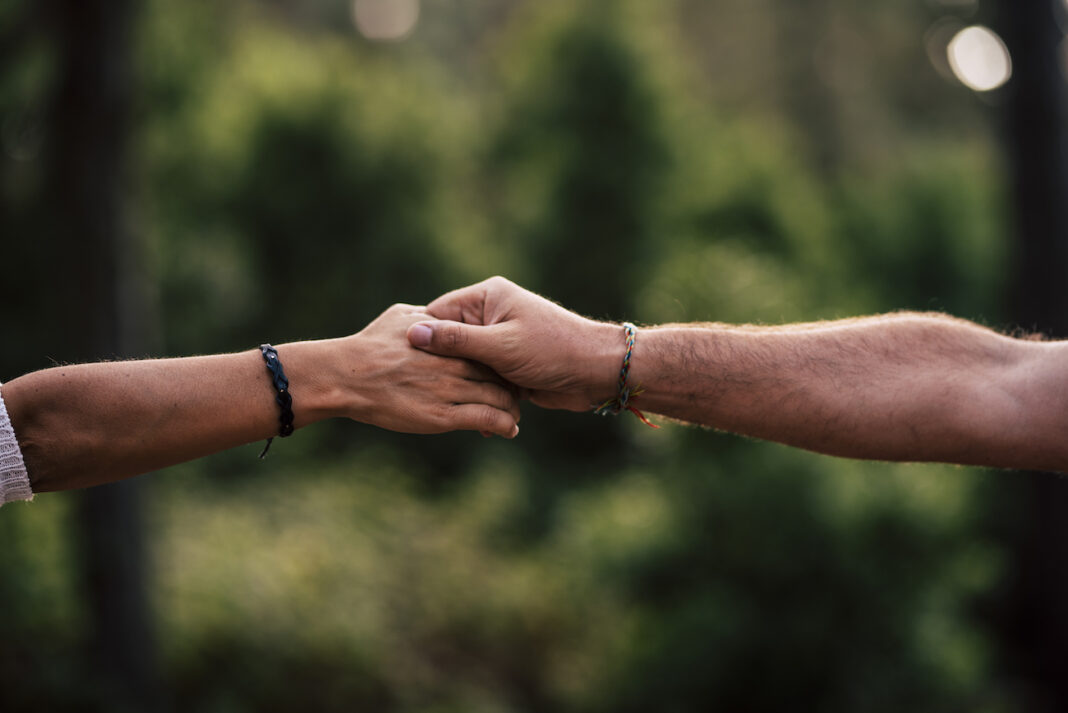A peaceful demonstration is essential to democracy. The persuasiveness of a nonviolent protest can significantly alter public policies, whether you are promoting inclusiveness in a divisive society or calling for an increase in the minimum wage.
A popular protest which is widely known was held to call for justice for the unfair murder of George Floyd, and 50% of respondents strongly supported this movement which shows a large number of adults willing to support fair movements and protests.
But before you dive into calling for a peaceful protest for whatever reason, there are some crucial steps you need to follow and some essential factors you need to be aware of. This article will teach you some steps you can follow to organize a peaceful protest.

7 steps To organize a peaceful protest:
- Now is the best time to start
Many nonviolent movements debate the optimum moment to launch nonviolent protests and how to get started. The answers to these issues depend on how a nonviolent action is scaled up and is affected by the temporal environment in which communities are situated.
Most effective nonviolent movements did not emerge overnight. You frequently made the initial linkages long before a particular incident sparked widespread interest and response.
You will be shocked when a particular incident occurs, and a thousand people come up to your rally, even when it looks like your movement is losing pace. Low participation rates cannot prevent the movement from achieving its objectives. The contacts you create will frequently decide when an event ignites critical mass.
- Pick your location
Select the event type you want to hold: To hold a legal march, usually, a notice is required beforehand for that particular location. Make careful to discuss the rules governing gatherings, protests, and marches with your local government. It will assist you in limiting the kind of event you can host.
Location is crucial: Your event must be accessible by public and private transportation to draw attendees. Make sure your event has proper fire exits and is ADA accessible. It is crucial to arrange your event in a prominent area of your city so that anyone who happens to be passing by and is unaware of it might join the resistance.
- Permits
Make sure you have enough time to obtain location permission for your event. Most cities would speed the procedure to meet First Amendment requirements because this kind of event is a First Amendment right. As soon as you decide to hold a demonstration, get in touch with the City Parks and Recreation Department to begin the procedures.
Most permit applications will require you to complete a very straightforward form with the venue of your choosing, the anticipated number of visitors, and any ADA compliances you will have.
Sound Permit: Inform the city of your plans for your audiovisual equipment. Depending on the place, you might or might not be allowed to have particular sorts of amplified sound.
- Human rights posters
Don’t wait until the topic is debated on a state or national level before beginning to form social networks and create community initiatives. Successful campaigns are made possible by these pillars.
A small group of like-minded people with similar ideals and the willingness to take action regardless of the consequences is the first step in organizing a peaceful demonstration, or more generally, nonviolent action.
Making a human rights poster can usually gain positive responses from people since such posters can touch them emotionally, and finding those people becomes easier.
If you are looking for different ideas and how to make human rights posters, you can find different templates on sites such as PosterMyWall and choose the one that works best for you.
- Diversify
To achieve responsibility and consensus, a movement’s membership must be diverse along overlapping lines of class, color, gender, ethnicity, sexual orientation, and age. Finding belonging across social hierarchies means that everyone in society takes to contribute to bringing about change. Any community project’s sustainability depends on this.
Additionally, increasing membership diversity promotes communication and conflict resolution, which enriches society. The movement’s potential to tackle the underlying causes of structural inequality and social injustice is constrained by the social transformation that only occurs in a small portion of society.
A peaceful movement may be able to survive without specific components of the society, but success will be slower, and the community will likely become more polarized. A conflict-resolution method, consensus building, is employed to resolve complicated disagreements involving numerous parties.
- Logistics and security
Picket signs and megaphones are just insufficient to attract large crowds of people or maintain a “peaceful” protest. Someone must scout the area, keep an eye on the cops, and monitor protests. You must also submit an application for a demonstration permit to legalize the action.
Protesters may need food, rain ponchos or umbrellas, masks, or tear gas rinse solutions. Additionally, someone needs to interact with the media, create brochures and press releases, and always be available for an interview.
You must deploy peacekeepers and spokespeople to speak with the police and the general public. To help those who might get arrested, there should also be a legal monitor and someone with legal aid training. Both the preparation and the demonstration process are crucial.
- Keep your composure
Participants must be prepared to give up something for the greater good. Members must have faith in the effectiveness of nonviolent action and violent resistance. Although some individuals in society have tried to delegitimize nonviolent protest by characterizing it as pacifist or weak, the truth is that when confronted with violent and repressive situations, nonviolence is not a typical response.
Facing physical or mental abuse requires tremendous fortitude to maintain composure and control over one’s body. Nonviolence is a psychological and economic form of resistance that can topple oppressive and harmful power structures.
Reading the indications and knowing when to react and take action against the authority of violent systems and governments are key components of nonviolent protests. These institutions only have the power that we give them. It may end any economic, social, or political violence with enough willpower on the part of the populace.
Conclusion
With the right amount of security, correct location, permits, and awareness about a protest, you can successfully organize a protest peacefully and achieve the objectives and aims of that protest. All it requires is focused organizing and strong determination on your part.






